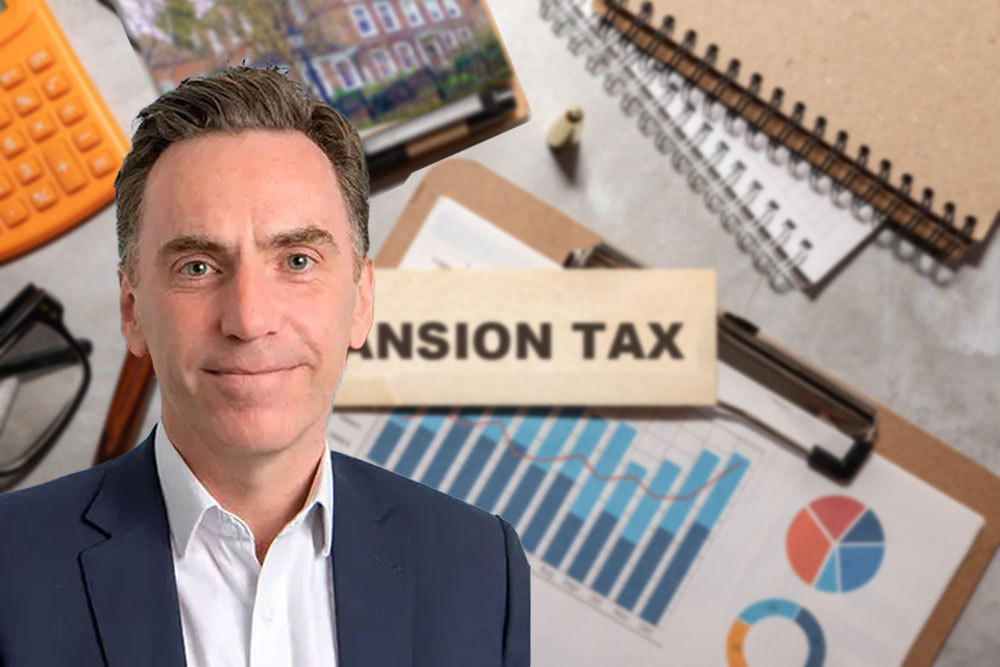150,000 homes to pay Rachel Reeve’s Mansion Tax, predicts estate agency
Chancellor’s proposed levy would unfairly target London, with ‘mansion’ values threshold far lower than elsewhere, according to Knight Frank analysis.

Some 150,000 homes across England and Wales would be caught up in Rachel Reeves’ proposed Mansion Tax, according to Tom Bill (pictured), Head of UK Residential Research at Knight Frank.
The estate agency’s analysis shows that the annual 1% levy on property values above £2 million would overwhelmingly hit London and the South East, reviving accusations of regional bias as the Treasury searches for ways to plug a £30 billion fiscal gap ahead of her Autumn Budget.
The data show that 18.5% of homes in Kensington and Chelsea and 12.3% in Westminster are above the proposed threshold, compared with fewer than 3% in most regions.
Outside the Capital, only a handful of authorities – such as Elmbridge, Richmond upon Thames and the Cotswolds – would see any significant effect.
It’s a reminder that the term ‘mansion’ is misleading.”
Bill says: “It’s a reminder that the term ‘mansion’ is misleading. If you tax so-called mansions, you’ll end up with fewer of them. The policy would inevitably hit London hardest and risks repeating past mistakes.”
Knight Frank estimates that to produce an equivalent share of affected homes elsewhere, the threshold in the West Midlands would need to fall to £408,000, to £288,000 in the North East and £367,000 in Wales. For London, as a whole, the equivalent figure would be £829,000 – underlining how far removed the £2 million label is from everyday property values in the Capital.
And, thirteen years after the Liberal Democrats first proposed a Mansion Tax, even the idea that it might resurface is already unsettling the top end of the market. Knight Frank’s figures show average prices in prime central London (PCL) fell 4% in the year to October, which was their steepest decline since February 2021.










